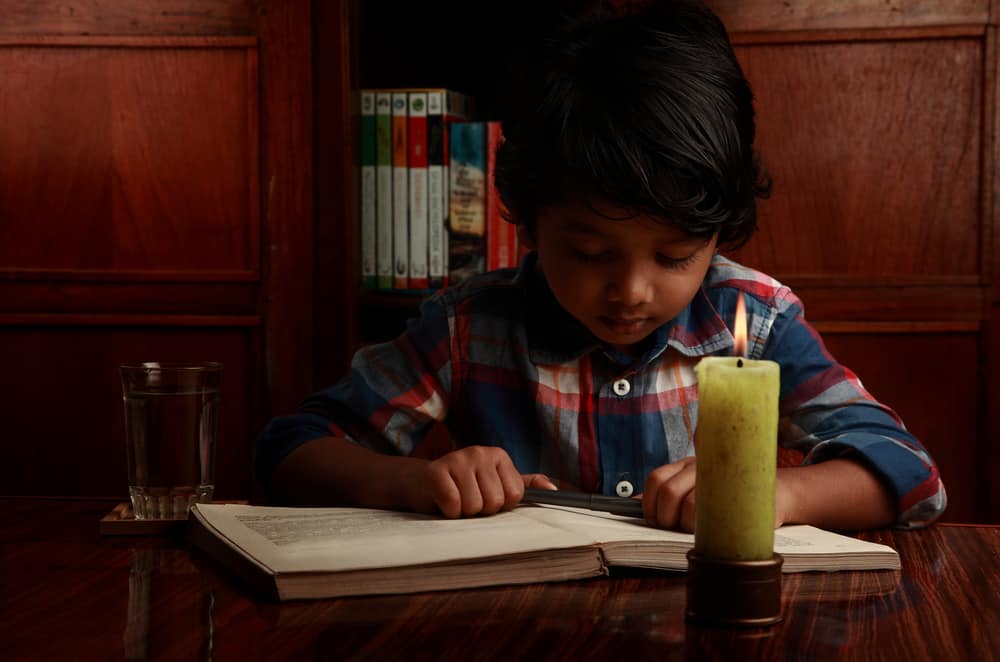If you are a passionate reader, you have probably heard the question ‘Can reading in low light damage eyes’ so many times. Unfortunately, there is no quick answer to it. The fact is that your eyes can adjust while you read a book in dim light, but you may find that such a light causes a headache.
Believe it or not, the reading won’t affect your eyes negatively regardless of the quality of the lights, but you can expect the weakening of your vision over time. How quickly this will happen depends primarily on hereditary factors. Let’s see.
The Way the Eyes Work
Your eyes are created to adjust to various light levels. While reading in the dark, your pupils will dilate to take more light. It will come through the eye lens onto your retinas.
Then, retina cells (rods and cones) send information about what you see to the brain. That process will allow you to accustom to the dark gradually. Once you switch the light on, your eyes will need a few seconds to handle it until pupils readjust to the new circumstances.
Keep in mind that the eye shape influences human vision. Almost all infants are farsighted because their eyes still don’t have an appropriate form. Unfortunately, the undeveloped eyes may evolve in the wrong way when a child reads in low light.
The reason is excessive eyes’ elongation, which can result in myopia over time. That is why installing adequate kids’ reading light is so essential.
Eye Strain while Reading in Dim Light

While reading, your eyes focus on a word image, so your iris and the muscles that control the lens shape need to contract. That way, the image stays focused on the retina. Therefore, excellent lighting is crucial.
When the level of light is low, the visual muscles get diverse signals at the same time. They need to contract to keep the image focused on collecting enough light simultaneously.
The lower the lighting, the more the eye will strain because the contrast between the page’s surface and printed letters weakens, and focusing becomes difficult. As a result, that decreases the eye’s ability to differentiate details (visual acuity).
Your eyes will become tired after a while, and you will feel eyeballs itching, headaches, blurred vision, and neck aches. Since you probably don’t blink enough while focusing on words, you will also have an issue with uncomfortable eye dryness.
Keep in mind that these symptoms disappear quickly after stopping reading and won’t damage your eyes. If the pain and discomfort continue, you should consult an eye doctor. There is a possibility that you suffer from nearsightedness (myopia), and you need to solve that by wearing glasses.
The best ways to prevent eye strain are frequent blinking while reading and changing the focus every 15 to 20 minutes. Plus, installing a high-quality wall mounted reading light and headboard reading light will make your eyes more comfortable to focus on.
Blurred lines
Unfortunately, you can’t find relevant studies that have examined the night reading’s long-term effects while the light is poor. However, there are some proofs that myopia is an inherited trait. You have an approximately 40% chance to become short-sighted if both your parents have that problem. If they have excellent vision, the risk will drop to only 10%.
However, it would help if you also considered the effect of your environment. For example, well-educated people usually encourage their children to enroll in college so that excessive learning may affect their vision in the same way as their parents’ sight.
There is also a possibility that a child inherits an eye hypersensitivity. Strain and long-lasting reading may activate this problem over time.
Light relief
A few studies tested the effect of light, especially bright daylight. The results show that the primary problem is in the lack of time spent outside, not the long reading while people are inside. Children who spend most of the day playing outdoors have fewer problems with myopia.
The scientists believe that daylight positively affects kids’ ability to focus clearly and their field depth. Additionally, sunlight encourages dopamine production and affect health eye growth.
Save Your Eyes
If you are a passionate reader or spend most of the day staring at a screen, you can use a trick to save your eyes from fatigue. It is the so-called 20/20/20 rule. It includes 20 seconds of a break while looking into the distance of 20 feet (6 m) after every 20 minutes of reading.
Keep in mind that it can be tricky to detect an eye issue in the earliest stage since one eye can compensate the other until it is too late. Believe it or not, people can prevent up to 50% of all blindness through regular visits to
